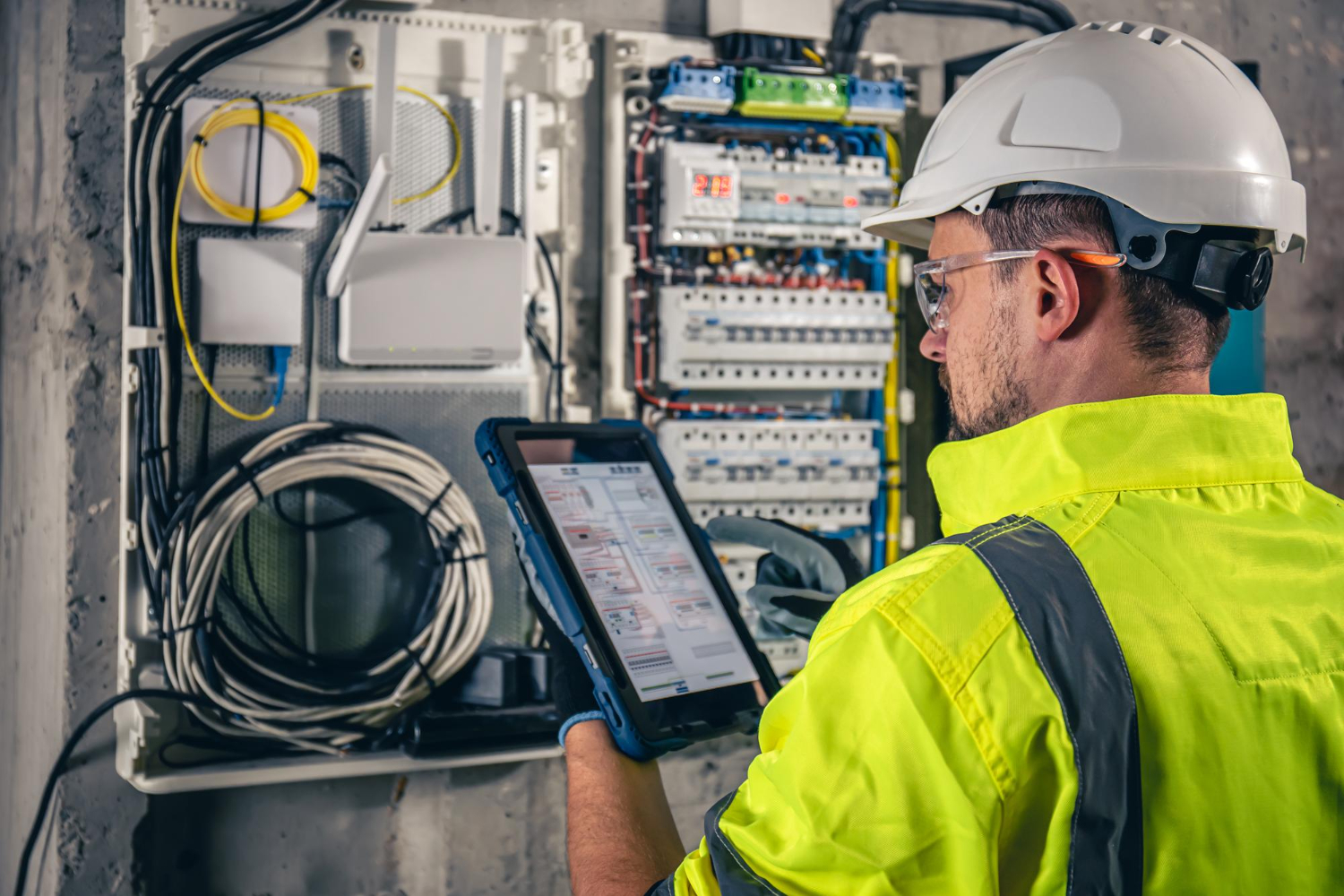Keeping residents safe in aged care is not just about falls or medications. It also means looking after something that is often out of sight and out of mind—your electrical systems. A flickering light or a buzzing power point might seem small, but in a place where safety is everything, small things can lead to big problems.
Electricity is a silent worker. It powers the lifts, kitchen appliances, bed adjusters, lights, call bells, and more. But when it is not maintained properly, it can become a silent danger too. That is why electrical safety in aged care needs your full attention—every plug, wire, and socket of it.
Let us walk through how to stay ahead of these risks and keep everyone safe.
Why Electrical Safety Matters More in Aged Care
You are not just managing a building. You are caring for people who may have limited mobility, reduced hearing, slower reaction times, or trouble seeing clearly. For older adults, a tripped cord, a faulty heater, or even a blackout can lead to injury—or worse.
Unlike a regular home, aged care facilities are full of medical equipment, shared spaces, and round-the-clock care routines. If something goes wrong electrically, the impact can be felt across the whole building—and quickly. That is why safety is not just a "good idea." It is a must.
Start With the Basics: Appliance Checks
You probably use more electrical appliances than you realise—fridges, microwaves, kettles, hoists, bed warmers, and more. These are often shared between rooms or moved around.
Here is what you should keep an eye on:
- Frayed cords or loose plugs: If it looks dodgy, it probably is.
- Overheating: Appliances that feel too hot might be overworked or faulty.
- Unusual smells or sounds: A burning smell or strange buzzing is a red flag.
- Power boards: These are not magic. Overloading them can start fires.
Make it a habit to check each appliance regularly. Create a simple checklist that staff can follow during their shifts. Nothing fancy—just enough to spot problems before they turn into disasters.
.png)
Wiring: The Stuff Behind the Walls
You cannot see most of your electrical wiring, but it still needs your attention. Over time, wires can wear out, especially in older buildings. Sometimes rodents or moisture get into the walls and do damage without anyone noticing until something sparks or shorts out.
Some things to think about:
- Frequent tripping circuits: That is your system shouting for help.
- Lights flickering across multiple rooms: Might be a sign of deeper wiring issues.
- Warm or discoloured outlets: Never a good sign. That heat should not be there.
- Buzzing sounds from switches or sockets: That should not happen either.
If any of these show up, get a qualified professional in straight away. Do not let it wait.
Regular Electrical Inspections Are Key
Routine inspections are like dental checkups—they might not be fun, but they catch problems before they hurt. Aged care facilities should schedule electrical inspections at least once a year, and more often if the building is older or has a history of electrical issues.
During an inspection, a qualified electrician will:
- Test all fixed wiring and major circuits
- Check switchboards, safety switches, and circuit breakers
- Look for signs of overload, wear, or poor workmanship
- Make sure everything meets Australian safety standards
Keep a record of every inspection and what was fixed or replaced. That way, you have a clear picture of your electrical health over time.
Training Your Staff Makes All the Difference
Your care team may not be electricians, but they are your first line of defence. When staff know what to look for, they are more likely to report small problems before they grow.
Include electrical safety in your induction training and refresh it regularly. Go over:
- How to spot a faulty appliance
- What to do in case of an electrical smell, spark, or shock
- How to handle residents’ personal devices safely
- The right way to use power boards and extension cords
Encourage staff to speak up when something feels off. A “better safe than sorry” attitude saves lives.
The Trouble With Extension Cords
Everyone loves a quick fix, and that is why extension cords show up everywhere. But in aged care, they can be a hazard. Residents may trip on cords, staff might accidentally overload them, and long-term use can wear them out.
If you must use them:
- Tape them down or place them out of foot traffic
- Do not run them under carpets or rugs—they can overheat
- Use only short-term and not as a permanent fix
- Never plug one extension into another
Try to fix the root cause—add more power points where needed, instead of relying on cords.
.png)
Emergency Planning Around Electrical Risks
Power outages, short circuits, and electrical fires can happen with little warning. That is why having an emergency plan that includes electrical risks is important.
Ask yourself:
- What happens if the power goes out during the night?
- Are emergency lights working and regularly tested?
- How quickly can you access backup generators?
- Do staff know what to do if there is smoke or sparks?
Run drills. Keep flashlights handy. Make sure the plan is printed out and easy to follow, especially during stressful moments.
Common Mistakes to Avoid
Aged care facilities are busy places, and sometimes mistakes happen. But when it comes to electricity, a small slip-up can have serious consequences. Try to steer clear of these common blunders:
- Using damaged appliances “just this once”
- Covering heaters with clothes or bedding
- Leaving portable fans running unattended
- Plugging too many things into one outlet
- Ignoring signs of trouble because “it’s always been like that”
Electrical problems rarely fix themselves. If something feels wrong, treat it like it is.
Involve Residents When You Can
Many residents like to have their own gadgets—electric blankets, heating pads, radios, phone chargers. These things can be comforting, but they also add to the risk.
Make sure:
- Personal items are checked before being used in rooms
- Staff know what to look for in resident-supplied devices
- Residents know not to hide extension cords under their beds or rugs
- Heaters or electric blankets are turned off when not in use
Keep the tone friendly and respectful. After all, these items matter to them. It is not about being strict—it is about keeping everyone safe.
Keeping Records is Just Good Sense
It might sound boring, but paperwork matters. When things are written down, nothing slips through the cracks. Keep track of:
- Electrical inspection dates and reports
- Repairs and replacements made
- Staff training sessions and attendance
- Incident reports related to electrical issues
If someone ever asks, you can show exactly what was done and when. It helps during audits too.
Small Habits That Make a Big Difference
Not everything has to be a big project. Sometimes safety comes down to small, steady habits:
- Do a quick power board check during your shift
- Listen for buzzing or see if switches are warm
- Turn things off at the wall when not in use
- Never stack plugs in a piggyback style
- Keep cords untangled and off the floor
Think of it like checking the mirror before reversing your car—it becomes second nature.
.png)
Final Thoughts: Safety Is in the Details
Looking after older adults is a big responsibility, and electrical safety is part of that care. You do not need to become an electrician overnight, but by staying alert, keeping up with checks, and building good habits, you can create a much safer space for both residents and staff.
Electricity might be silent, but when it is safe, it lets you focus on what really matters—quality care, comfort, and peace of mind.
Need more practical aged care guides like this one? Governa AI is based in Melbourne and committed to helping aged care teams stay safe and confident—every step of the way.










